Tree Endangered Tree Species to find in Markshall’s Arboretum
Friday 19th May is Endangered Species Day. A day for celebrating, learning about, and taking action to protect threatened and endangered species. To date, more than 150,300 species have been assessed for the IUCN Red List with many species being trees.
The Arboretum at Markshall is home to some 5,000 trees in its collection with four geographic zones marking the collection. It is to no surprise that a collection of this scale is home to some of the most threatened tree species on this planet.
We have outlined just three of the endangered trees you can spot on your next visit to Markshall.
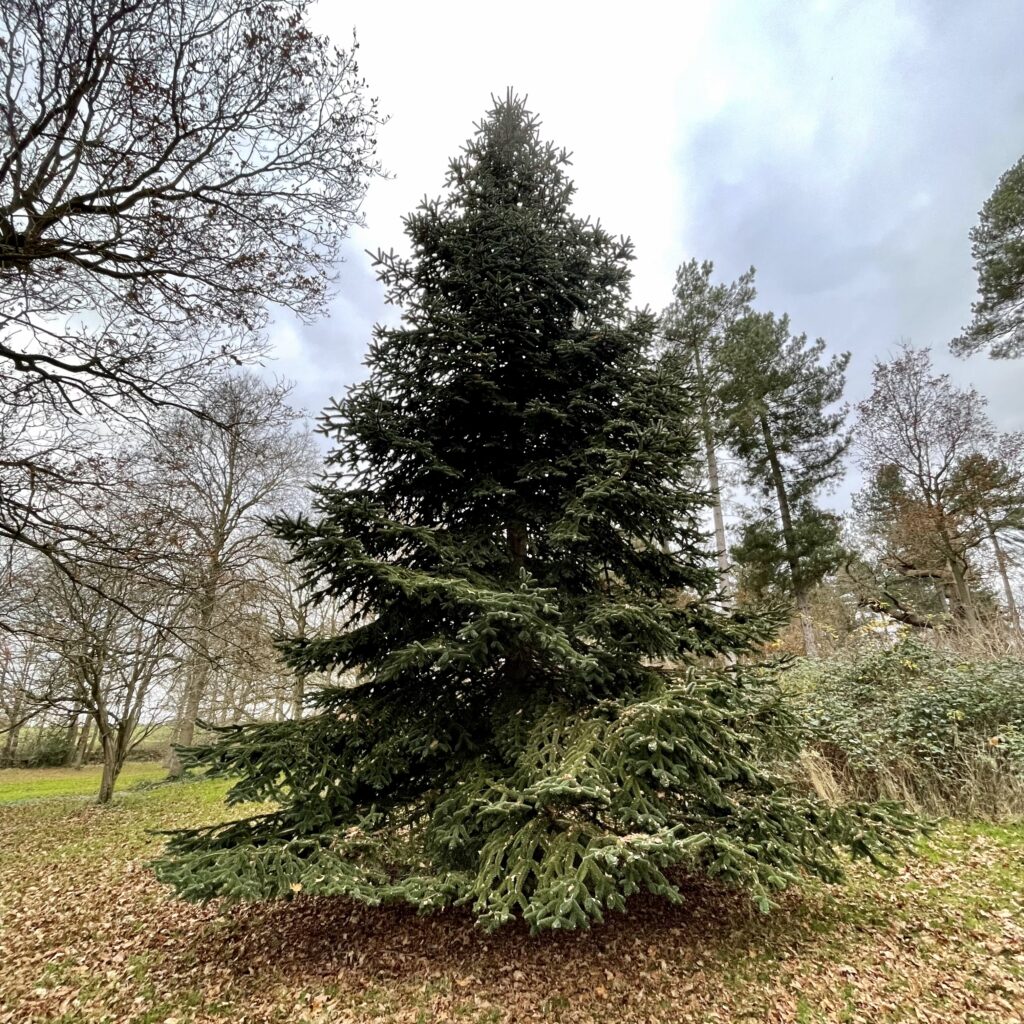
Algerian fir (Abies numidica)
IUCN Red List: Critically endangered
Native to Algeria, these evergreen conifers, often stand very tall, with whorled branches bearing flattened, linear leaves and on the upper branches, large cones which break up whilst attached to the tree.
Algerian fir trees are endemic to a small area of the Djebel Babor Mountains in northern Algeria where they are threatened by a combination of fire, fuel-wood collection and grazing by cattle.
We have 13 specimens in our Arboretum. Be sure to look out for these trees on your next Arboretum adventure.
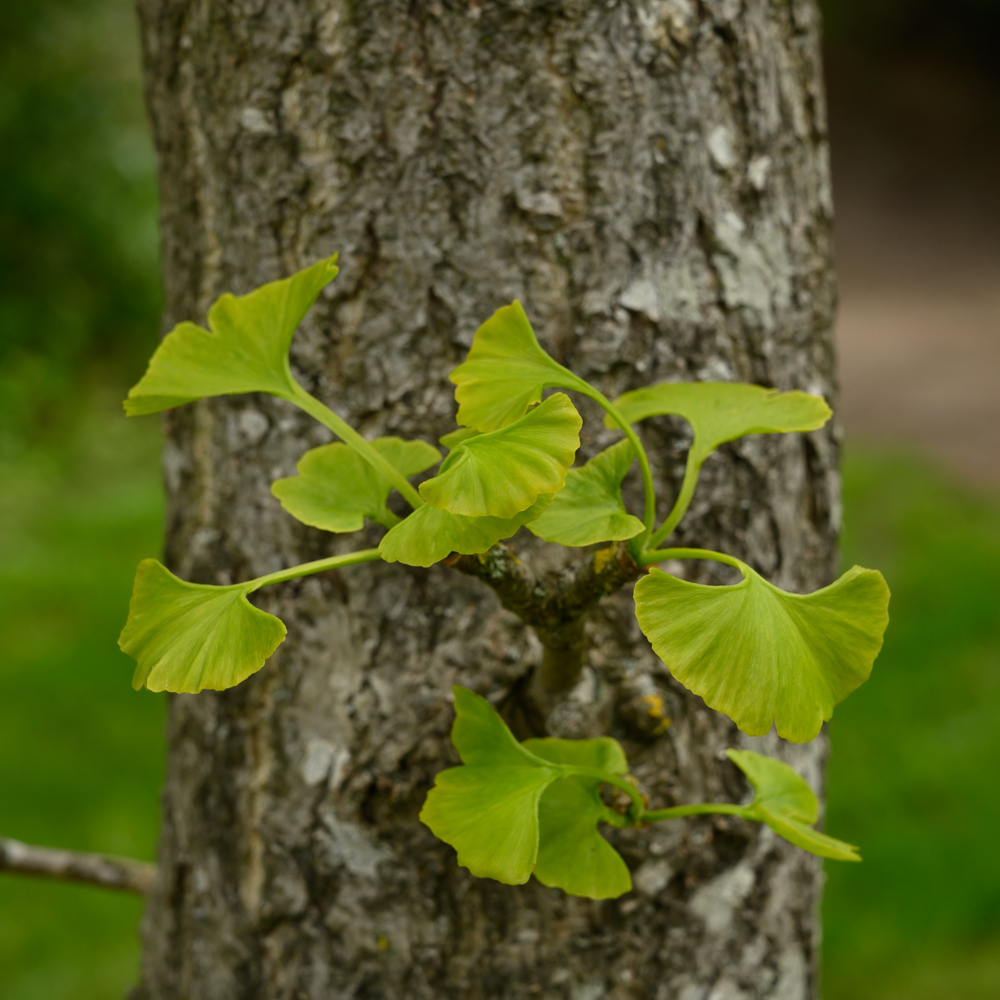
Maidenhair tree (Ginkgo biloba)
IUCN Red List: Endangered
Maidenhair trees are deciduous trees reaching up to 25m. Leaves can reach 12cm in width and are fan shaped. In the autumn months they turn a striking yellow colour.
They are also nicknamed the fossil tree as they are one of the oldest living tree species in the world. They date back to before the dinosaurs. Fossils of Ginkgo leaves have been discovered which date back more than 200 million years.
Unlike many other plants, the Maidenhair tree’s genes are not programmed to trigger inevitable decline when its youth is over.
There are twenty Maidenhair trees to be found in the Arboretum and we will let you in on a little secret… we’re planning for a Ginkgo Forest to take shape near the newly developed Himalaya zone over the coming years.
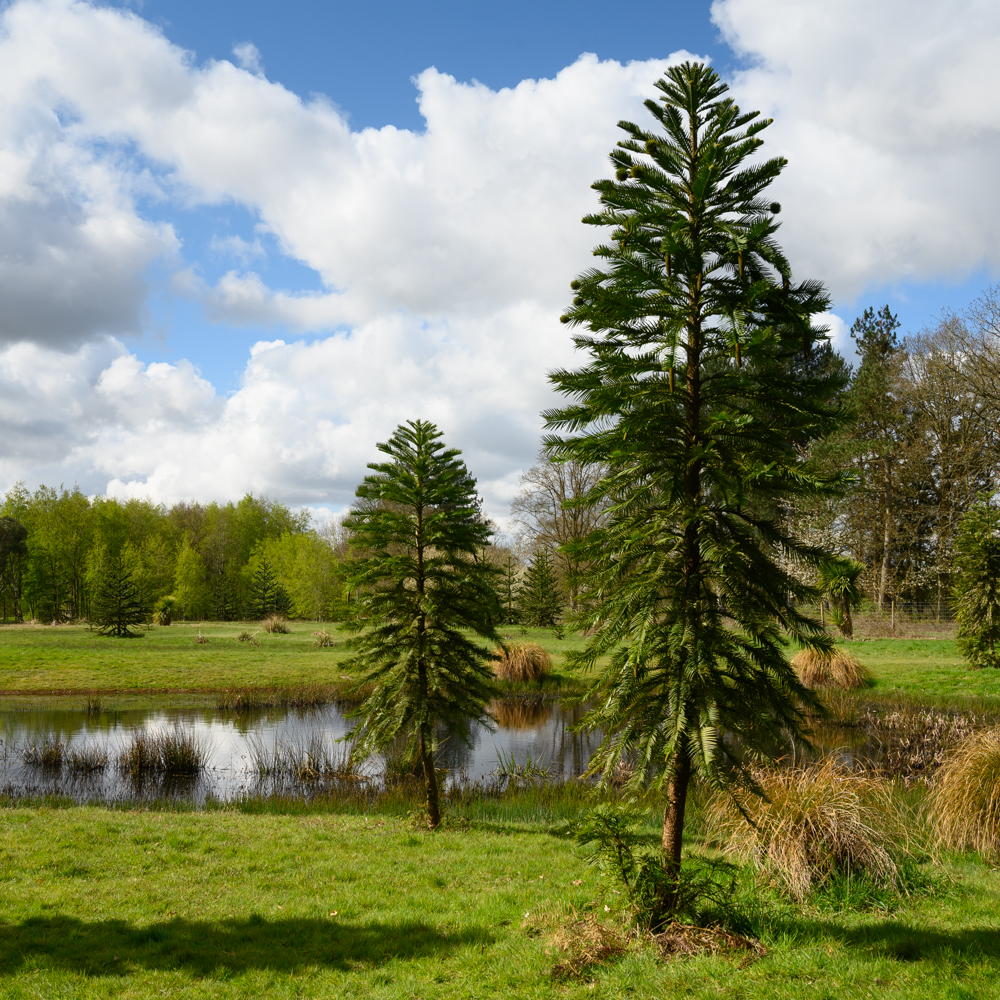
Wollemi pine (Wollemia nobilis)
IUCN Red List: Critically endangered
Wollemi pines are evergreen, coniferous trees with male and female cones appearing on the same tree; female cones are more spherical in shape and male cones are more catkin-like.
Like the Maidenhair trees, Wollemi pines are also known as living fossils. They were thought to be extinct for two million years until a small population was discovered in the Blue Mountains of Australia in 1994.
In 2023, the species are critically endangered with fewer than 100 trees in Wollemi National Park, Australia. Markshall’s Arboretum is home to 69 Wollemi pines, all of which can be found in Gondwanaland. And here’s a bonus secret, there are plans to increase this collection over the coming years.
Markshall is home to many incredible tree species and some of the most endangered there is to see. We’re proud to have launched the new Arboretum Explorer, which means you can discover the inspiring collection from the comfort of your home or as you explore the Arboretum. Just click here to start exploring.
If you have any photos of the trees we have spoken about or would like to tell us some stories about the species, we’d love to hear from you!
More from the blog
See more
-
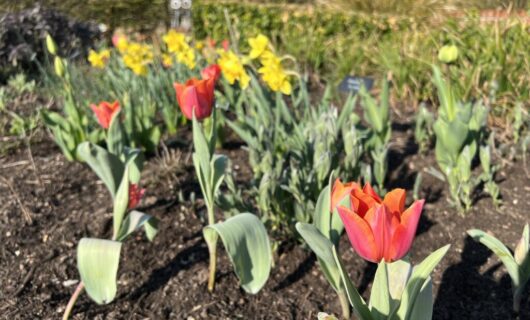
Updates from the Walled Garden in Spring
What can be discovered in the Walled Garden at Markshall this Spring? Our Walled Garden is home to a stunning […]
-

Commemorating the 80th Anniversary of Operation Varsity
What was Operation Varsity? Operation Varsity was the codename for the largest single airborne operation conducted on a single day […]
-
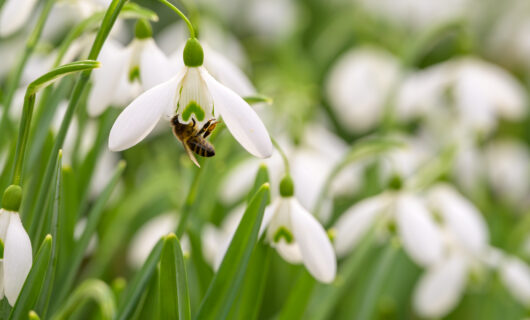
Your guide to enjoying the snowdrop display at Markshall
February is the best time to visit Markshall’s spectacular snowdrop display. To ensure that you make the most of your […]